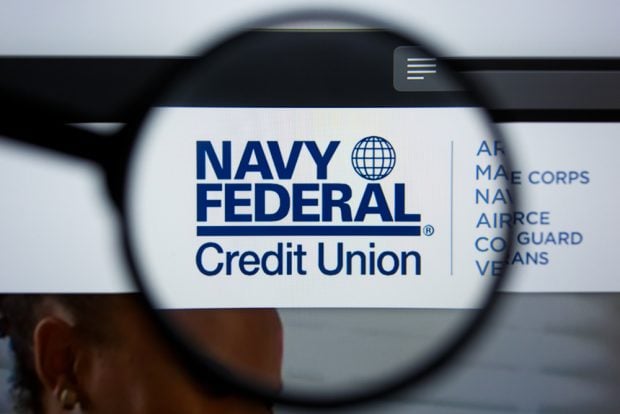HILTON WAIKOLOA VILLAGE, Hawaii – Ken Otsuka's message to Hawaii Credit Union League (HCUL) conventioneers resonated throughout the ballroom May 3: It is imperative that credit union personnel keep abreast of new account fraud, identity theft, kiting, and split deposits that constantly threaten to increase check fraud exposure. Otsuka, senior risk management specialist with CUNA Mutual Group outlined practical ways to control changing check fraud schemes, as well as ways to craft policies and procedures to prevent new account fraud and other schemes. The educational session was part of the 64th Annual HCUL Convention. Check fraud is one of the largest challenges facing financial institutions with losses calculated at approximately $1 billion a year. The credit union industry has been hit hard by check fraud. CUNA Mutual Group reported that nearly 15,000 losses were paid for a total of more than $36.8 million in 2000. The amount more than doubled compared to 1994. It's a growing case of frustration, requires extra effort for credit unions to prevent and investigate cases, and forces credit unions to balance customer service with protecting members' assets. "Let's look at the annual cost of check fraud," Otsuka said. "There are 50 billion checks processed each year. The dollar amount processed is more than $42 trillion, and check fraud losses total close to $20 billion. The problem is growing because of the effects of Regulation CC (expedites the availability of funds), competitive pressures, employee turnover, lack of employee training, technology, and organized crime." There are several driving forces behind check fraud – the availability of high quality, low cost technology, such as desktop publishing, color copiers, and scanning devices; the availability of customer information from the Internet, financial insiders and dumpster divers; increased focus on member sales and service, at the expense of control measures; and meeting the growth marketplace demands while performing more functions with a smaller staff. Unexpected losses threaten the ability of credit unions to continue operations, so credit unions should take steps to offset the negative consequences of risk. Fraud schemes involving checks take many forms. Checks may be altered (the payee or the amount), counterfeited, forged (either the signature or endorsement), drawn on closed accounts, or used in a variety of schemes, such as new account fraud, identity theft, kiting and split deposit schemes. "These scam artists even fake state identification cards, and the front line staff at credit unions really have to exercise caution when presented with a state identification card, because I've seen an awful lot of fraud perpetrated using such cards," Otsuka said. "I challenge senior management staff to observe their front line staff at work," Otsuka said. "Make sure they are actually requesting positive identification from those members who are not recognized, primarily the driver's license. In the Midwest, I commonly observe tellers asking for the member's account number, Social Security Number, or perhaps an address to verify identity. That does not work anymore, because it's so easy to get that information. Teller training is the key. If a teller becomes suspicious about a member, perhaps that teller should ask for a second piece of identification for verification." Otsuka said he could not stress enough the importance of telling the front line staff to look at that positive identification carefully. Does the photograph match the person standing in front of you? For example, he asked, "Would it be plausible for me to present a driver's license with a photo of a blond, six-foot-two male weighing 200 pounds? No" (Otsuka appears Asian, has dark hair, is shorter than six feet, and weighs less than 200 pounds). Another thing to look at closely is if the driver's license or state-issued identification card expired. Many fraudulent checks are being passed today using an expired driver's license or an expired state identification card. If it's expired, it's not a valid form or identification." Otsuka estimated that most of the fraudulent deposit losses are occurring with new accounts. As much as 60% of fraudulent deposit losses on new accounts are on accounts less than six months old. That number goes up to as much as 75% during the first 12 months from the account opening date. Credit unions can significantly reduce their exposure to new account fraud by focusing their loss control efforts on newer accounts. Screening tools for new accounts include verifying eligibility; requiring two pieces of identification; verifying services; and check holds. "I hate to be the bearer of bad news, but I think check fraud is going to continue," Otsuka said. "It's not going to go away, because it's too easy to commit. CUNA Mutual Group is here to help credit unions. A lack of written policies and procedures is kind of like driving from Los Angeles to the corner of Randolph and Michigan in downtown Chicago, without a road map." -
© Touchpoint Markets, All Rights Reserved. Request academic re-use from www.copyright.com. All other uses, submit a request to [email protected]. For more inforrmation visit Asset & Logo Licensing.






